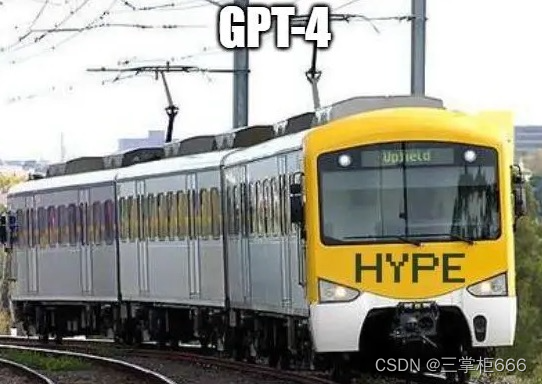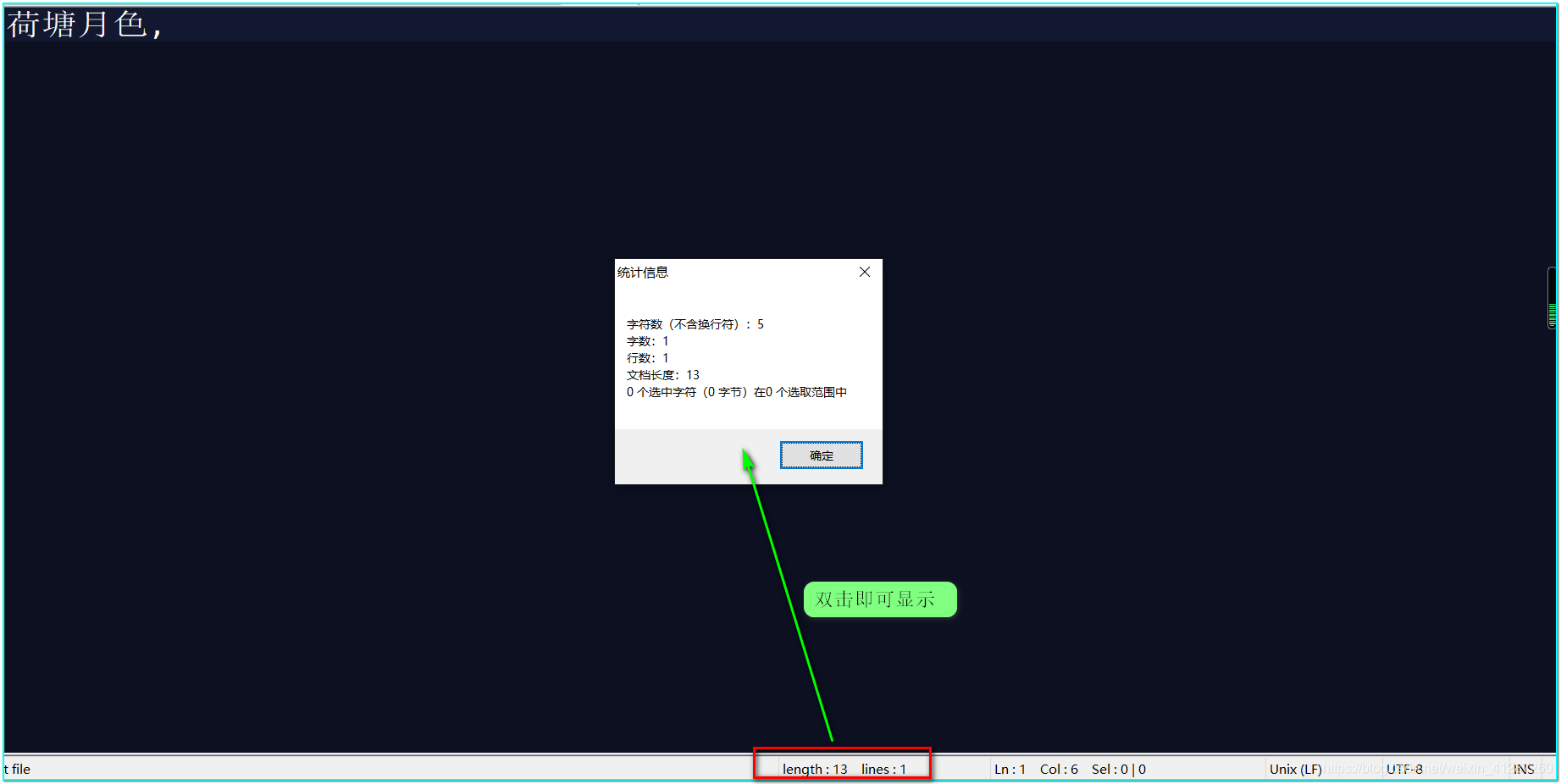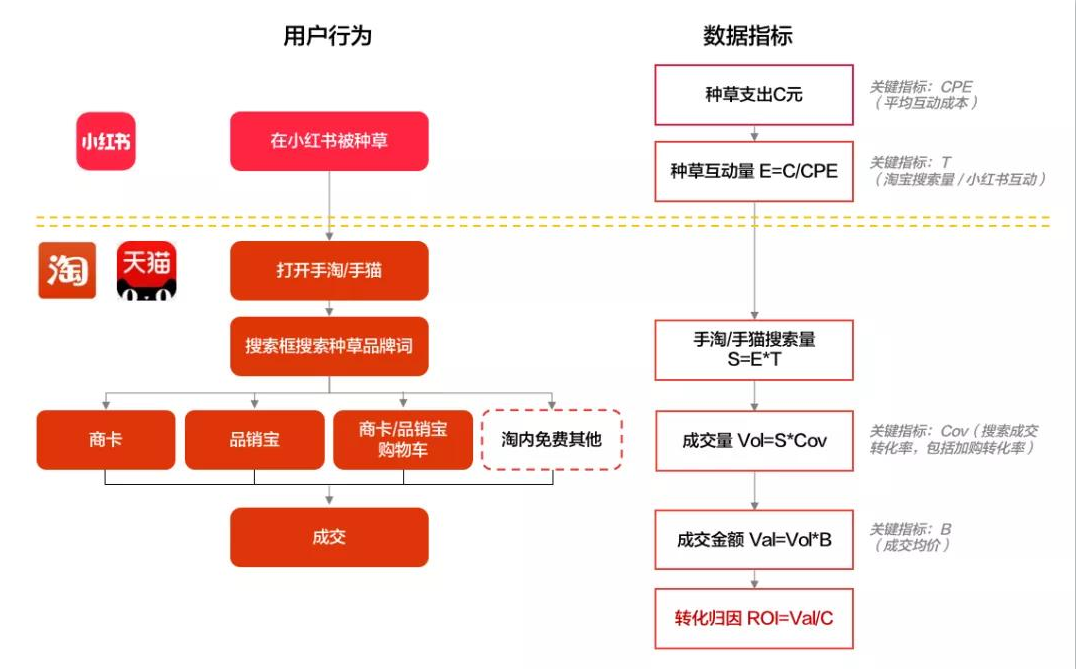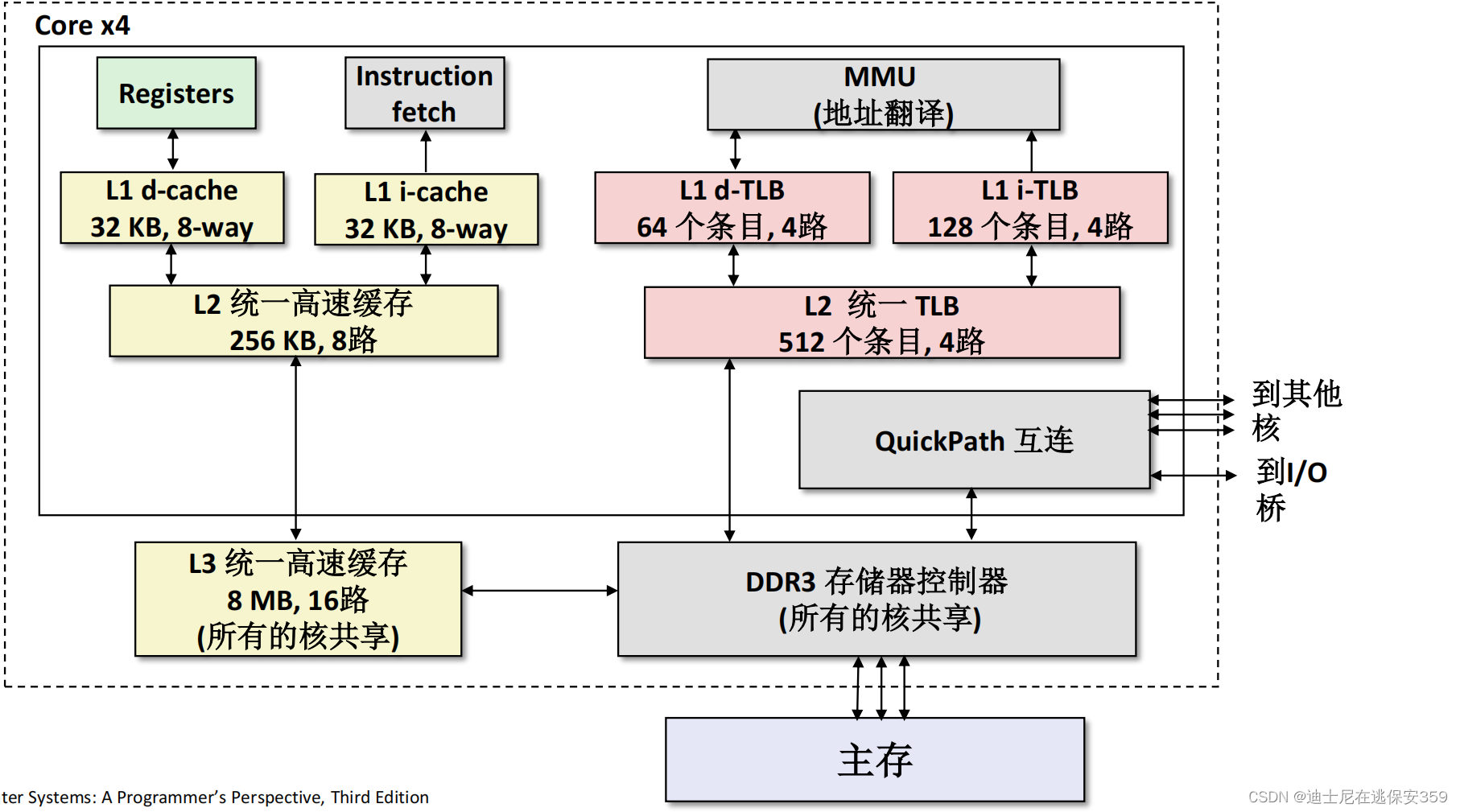Artificial Intelligence Programming with Python 一书,主要对当前火热的AI技术做了简单介绍,适合了解一下当下最流行的AI技术,没有很复杂的数学知识,有一些简单的代码,可以测试。本文主要摘录第一章对AI技术的简介和AI发展的历史。
AI的历史,最早可以追溯到冯诺依曼的计算机。
AI发展的3个阶段:
- 1950s–1970s, neural networks (NNs): During this period, neural networks, also called artificial neural networks (ANNs), were developed based on human brains that mimic the human biological neural networks. An NN usually has three layers: an input layer, a hidden layer, and an output layer. To use an NN, you need to train the NN with a large amount of given data. After training, the NN can then be used to predict results for unseen data. NNs attracted a lot of attention during this period. After the 1970s, when NNs failed to live up to their promises, known as AI hype, funding and research activities were dramatically cut. This was called an AI winter.
20世纪50年代至70年代,神经网络(NNs):在这一时期,神经网络,也称为人工神经网络(ANNs),是基于模仿人类生物神经网络的人脑开发的。神经网络通常有三层:输入层、隐藏层和输出层。要使用神经网络,您需要使用大量给定的数据来训练神经网络。在训练之后,神经网络可以用来预测看不见的数据的结果。NNs在这一时期吸引了很多关注。20世纪70年代之后,当国家神经网络未能兑现他们的承诺,即人工智能炒作时,资金和研究活动被大幅削减。这被称为人工智能的冬天。 - 1980s–2010s, machine learning (ML): This is the period when machine learning flourished. ML is a subset of AI and consists of a set of mathematical algorithms that can automatically analyze data. Classic ML can be divided into supervised learning and unsupervised learning. Supervised learning examples include speech recognition and image recognition. Unsupervised learning examples include customer segmentation, defect detection, and fraud detection. Classic ML algorithms are support vector machine (SVM), K-means clustering, decision tree, naïve Bayes, and so on.
20世纪80年代至2010年代,机器学习(ML):这是机器学习蓬勃发展的时期。ML是人工智能的一个子集,由一组可以自动分析数据的数学算法组成。经典ML可以分为有监督学习和无监督学习。监督学习的例子包括语音识别和图像识别。无监督学习示例包括客户细分、缺陷检测和欺诈检测。经典的ML算法有支持向量机(SVM)、K-means聚类、决策树、朴素贝叶斯等。
- 2010s–present, deep learning (DL): This is the period when deep learning (DL) was developed. DL is a special type of neural network that has more than one layer of hidden layers. This is possible only with the increase of computing power, especially graphical processing units (GPUs), and improved algorithms. DL is a subset of ML. DL has so far outperformed many other algorithms on a large dataset. But is DL hype or reality? That remains to be seen.
2010年代至今,深度学习(DL):这是深度学习发展的时期。DL是一种特殊类型的神经网络,具有一层以上的隐藏层。这只有在计算能力,特别是图形处理单元(GPU)和改进算法的增加下才有可能实现。DL是ML的一个子集。到目前为止,DL在大型数据集上的表现优于许多其他算法。但DL是炒作还是现实?这还有待观察。
AI的分类:
- Narrow AI, also called weak AI or artificial narrow intelligence (ANI), refers to the AI that is used to solve a specific problem. Almost all AI applications we have today are narrow AI. For example, image classification, object detection, speech recognition (such as Amazon’s Alexa, iPhone’s Siri, Microsoft’s Cortana, and Google Assistant), translation, natural language processing, weather forecasting, targeted advertisements, sales predictions, email spam detection, fraud detection, face recognition, and computer vision are all narrow AI.
狭义人工智能,也称为弱人工智能或人工狭义智能(ANI),是指用于解决特定问题的人工智能。我们今天拥有的几乎所有人工智能应用都是狭义的人工智能。例如,图像分类、物体检测、语音识别(如亚马逊的Alexa、iPhone的Siri、微软的Cortana和谷歌助手)、翻译、自然语言处理、天气预报、定向广告、销售预测、电子邮件垃圾邮件检测、欺诈检测、人脸识别,和计算机视觉都是狭义的人工智能。
- General AI, also called strong AI or artificial general intelligence (AGI), refers to the AI that is for solving general problems. It is more like a human being, which is able to learn, think, invent, and solve more complicated problems. The singularity, also called technological singularity, is when AI overtakes human intelligence, as illustrated in Figure 1.8. According to Google’s Ray Kurzweil, an American author, inventor, and futurist, AI will pass the Turing test in 2029 and reach the singularity point in 2045. Narrow AI is what we have achieved so far, and general AI is what we expect in the future.
通用人工智能,也称为强人工智能或人工通用智能(AGI),是指用于解决一般问题的人工智能。它更像一个人
存在,能够学习、思考、发明和解决更复杂的问题问题。
奇点,也称为技术奇点,是指人工智能超越了人类的智慧。
根据谷歌的Ray Kurzweil,美国作家、发明家和人工智能未来学家指出
将于2029年通过图灵测试,并于2045年达到奇点。
狭义人工智能是我们迄今为止所取得的成就,而通用人工智能则是我们期待未来。
- Super AI, also called superintelligence, refers to the AI after the singularity
point. Nobody knows what will happen with super AI. One vision is
human and machine integration through a brain chip interface. In August
2020, Elon Musk, the most famous American innovative entrepreneur,
has already demonstrated a pig with a chip in its brain. While some people
are more pessimistic about the future of AI, others are more optimistic.
We cannot predict the future, but we can prepare for it.
超级人工智能,也称超级智能,是指奇点之后的人工智能
指向没有人知道超级人工智能会发生什么。
一个愿景是通过脑芯片接口实现人机集成。2020年八月,美国最著名的创新企业家埃隆·马斯克,已经展示了一只大脑中有芯片的猪。而有些人
对人工智能的未来更加悲观,其他人则更加乐观。
我们无法预测未来,但我们可以为此做好准备。
AI发展的时间线
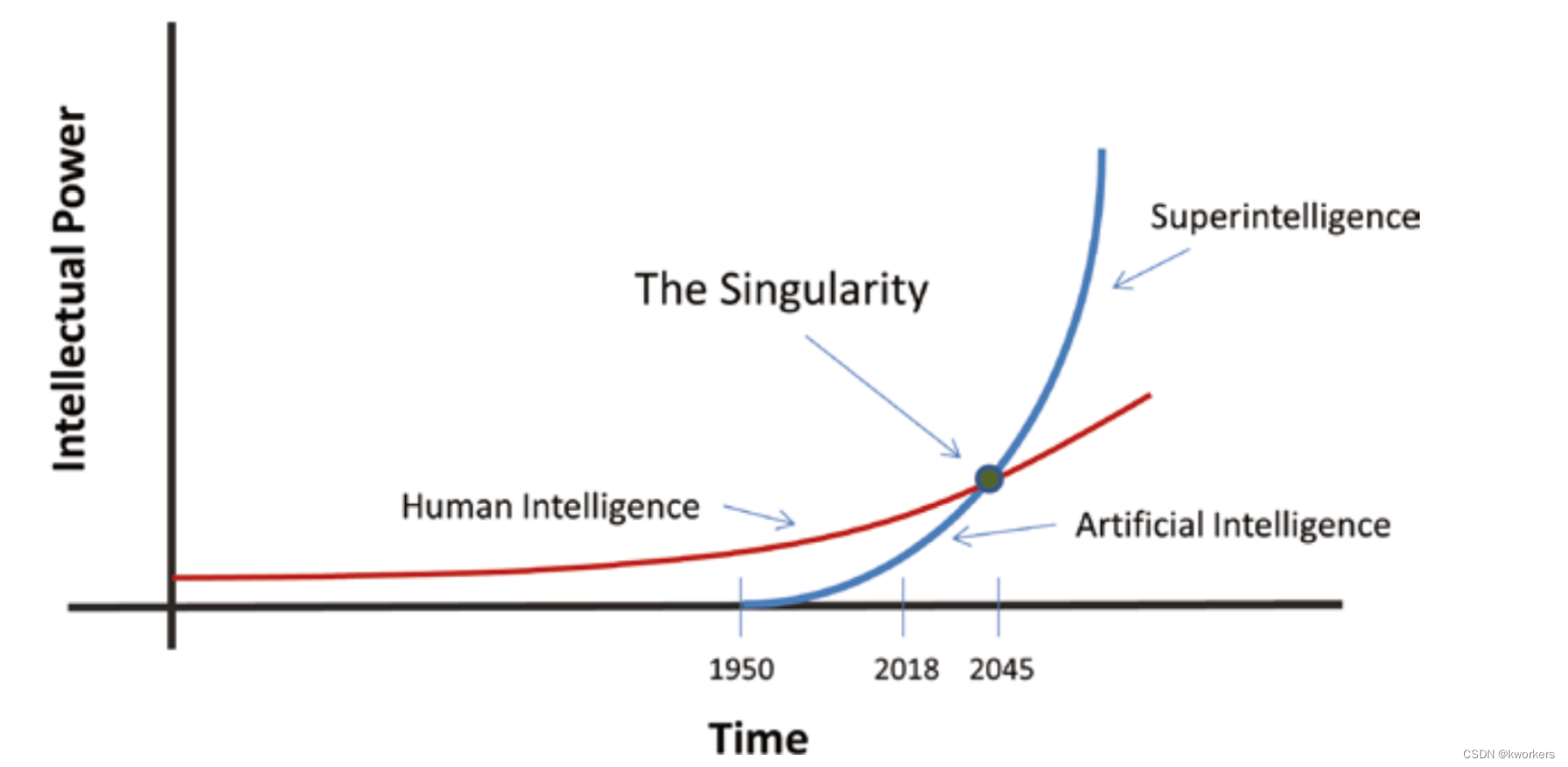
AI applications can be run either on the large remote servers, called cloud AI, or on the local machines, called edge AI.
AI应用在多个远程服务器的被称为云AI,本地服务器的叫边缘AI。
关于ChatGPT
2020年6月,OpenAI的GPT-3引起了全世界的关注。OpenAI是
由埃隆·马斯克共同创立的一家研究公司,马斯克还创立了著名的电动汽车公司特斯拉股份有限公司
GPT-3代表Generative Pre-trainedTransformer 3是一种语言预测模型,是深度学习的一种形式神经网络。
GPT-3是根据收集的数十亿条文本信息进行训练的。
通过在互联网上爬取数据,包括维基百科的文本。GPT-3有96层以及高达1750亿个参数;它是最大的语言模型
根据谷歌的数据,训练1000个参数大约需要1美元。
这这意味着训练GPT-3可能需要花费数千万美元。经过训练,GPT-3可以
许多令人惊叹的事情,比如生成新的文本、写文章、写作诗歌、回答问题、翻译语言,甚至创建计算机密码。
这被誉为人工智能研究中最伟大的突破之一。
小结
本章主要介绍了AI的历史与发展,这本书里给了很多的参考链接,非常有用,建议可以找来一本看下链接。






